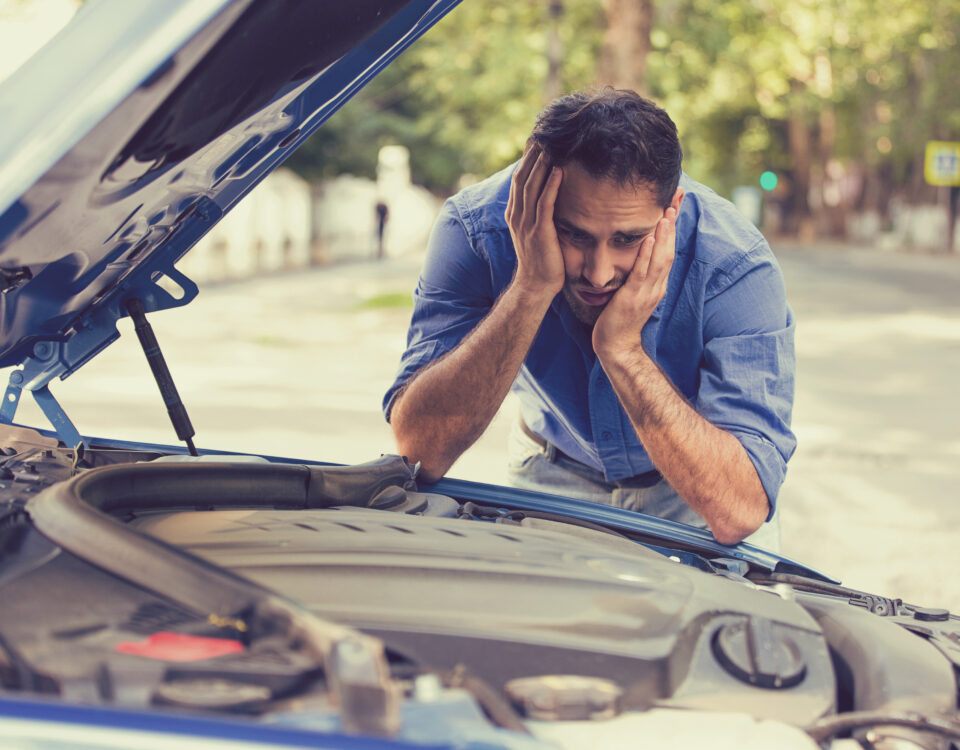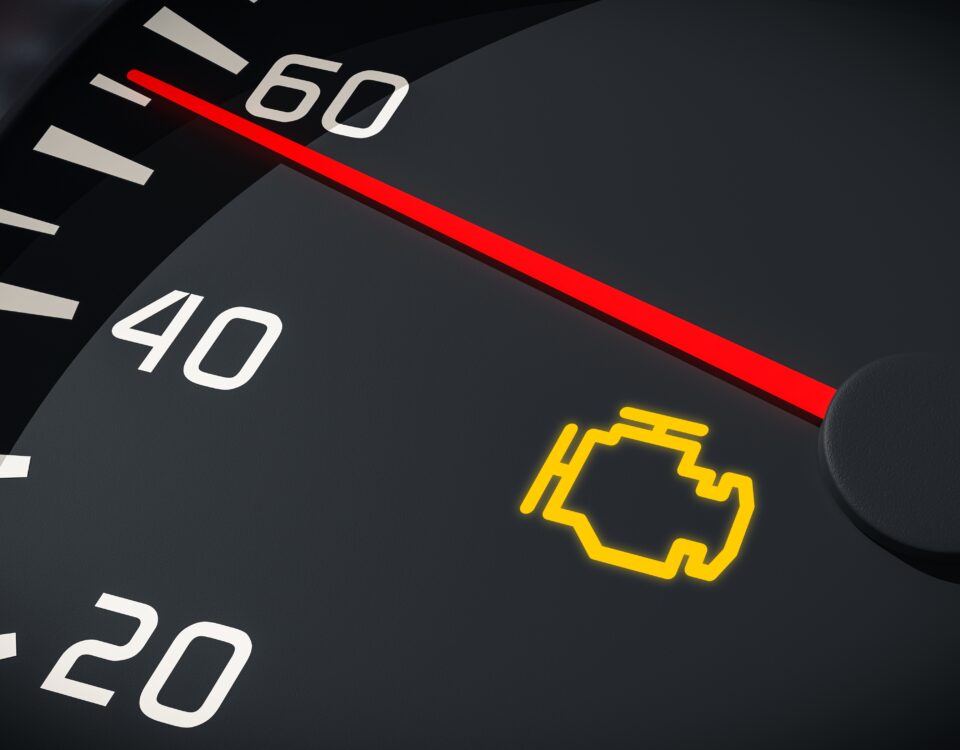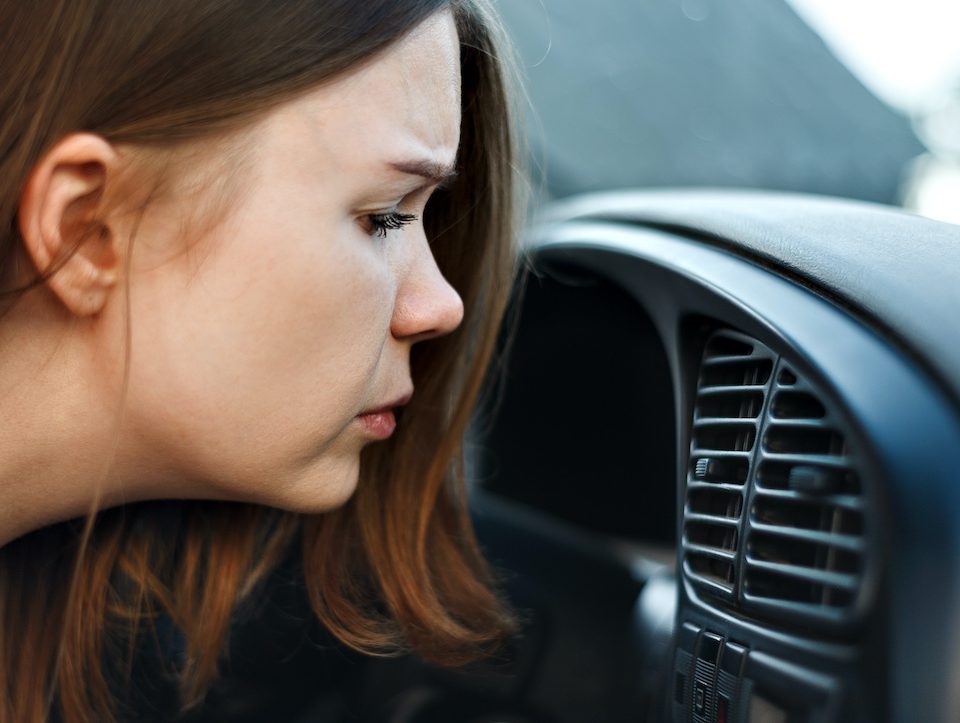
Engine Noises that Require Immediate Attention
December 8, 2022
10 Tips to Protect Your Car During Holiday Travel
December 20, 2022If your check engine light comes on, it can be a little bit scary. It’s important to stay calm and know what to do. In this blog post, we will walk you through the steps you need to take when your check engine light comes on. We will also provide some tips for preventing this from happening in the future. Let’s get started!
What Does the Engine Do?
First, let’s take a quick look at what the engine does and why your check engine light might have come on. The engine is responsible for powering the car, and it contains many complex systems that must all be working correctly in order for the vehicle to function properly. If something goes wrong with any of these systems, your check engine light will come on to alert you that there is a problem.
Static vs. Flashing Engine Light
Once you know that your check engine light has come on, you should take note of whether it is static or flashing. A static engine light means that there is an issue with one of the systems in your car, but it isn’t necessarily a major problem. On the other hand, a flashing engine light indicates an emergency and should be addressed immediately.
Common Reasons Your Check Engine Light Will Come On
There are a few possible reasons why your check engine light might come on:
1. Loose or faulty gas cap
The lines and valves in your gas tank system recirculate gasoline vapors and keep them from escaping. If the gas cap is loose, this little detail alone will quickly trigger the “check engine” light. One of the more easily addressed issues associated with the CEL, a faulty or missing gas cap may cause you to lose fuel due to evaporation or your fuel system to fail to circulate properly.
2. Worn spark plugs
Your spark plugs ignite a mixture of fuel and air to create combustion and power your engine’s cylinders. If they’re not firing right, this can cause an engine misfire which can increase hydrocarbon emissions and cause weaker performance of your engine.
3. Faulty catalytic converter
The catalytic converter changes carbon monoxide into carbon dioxide, helping protect the environment. A faulty one will reduce fuel economy and performance and increase your emissions, potentially keeping you from passing emissions tests. Simply replacing it usually isn’t the solution, as the cause of a catalytic converter failure is usually caused by something else, like a blown head gasket, which can force burnt coolant vapor into your vehicle’s exhaust.
4. Dirty or faulty mass airflow sensor
To determine how much fuel is needed to run the engine, the amount of air that’s entering the engine has to be measured. That’s the job of the mass airflow sensor (MAS). The MAS is susceptible to oil and dirt buildup, so a cleaning might do the trick. If not, it may need to be replaced. If the air-to-fuel ratio is off, this can cause failures in other areas of the engine and certainly lead to reduced performance and lowered fuel economy.
Help! My Check Engine Light Came On
If your check engine light has come on, it’s important to stay calm and know what steps to take.
1. Check for any other warning lights
If any other warning lights have turned on, find out what they mean and address those issues first. Once you’ve taken care of that, you can move on to the check engine light issue.
2. Pull over and turn off the engine
It’s important to pull over and turn off the engine as soon as possible. This will help to avoid further damage and allow you to assess the problem with a clear head.
3. Check your oil levels
Sometimes, low oil levels can cause a check engine light to come on. Make sure you have enough oil in your car before continuing any further.
4. See if it’s a simple fix
Sometimes, the cause of your check engine light turning on can be easily resolved. Check to make sure that your gas cap is secure and your spark plugs are not worn out or damaged. If all of these checks come back negative, then you may need to take it into a mechanic.
5. Visit Scott’s Auto
If none of the above steps have resolved the issue, then it’s time to take your car into a mechanic at Scott’s Auto. They will be able to diagnose and fix any issues that may be causing the check engine light to come on.
By taking these simple steps, you can help ensure that any potential problems are dealt with before they become more serious. Don’t let a check engine light scare you, but do take it seriously and take action to address the issue as soon as possible. Visit a Scott’s Auto location today if your check engine light has come on to resolve the issue and get back on the road quickly and safely!




